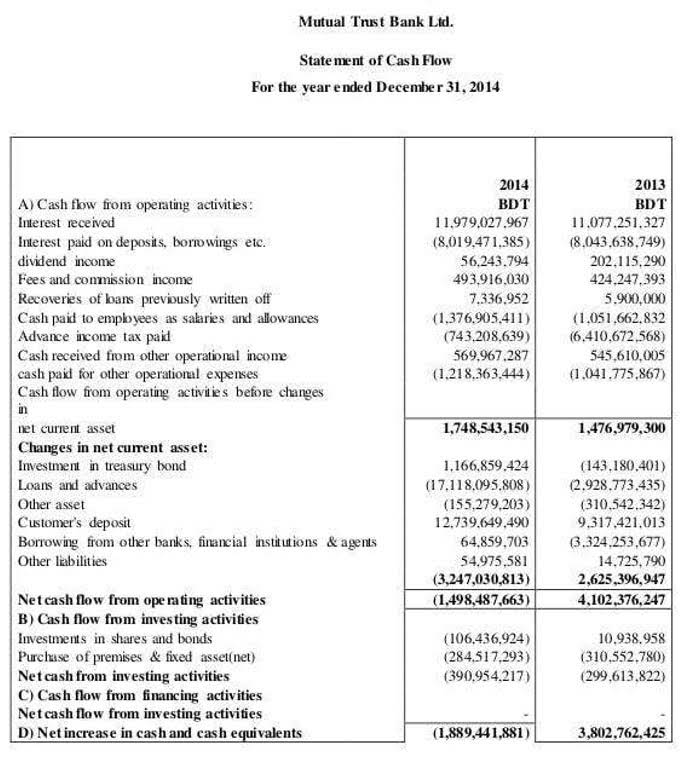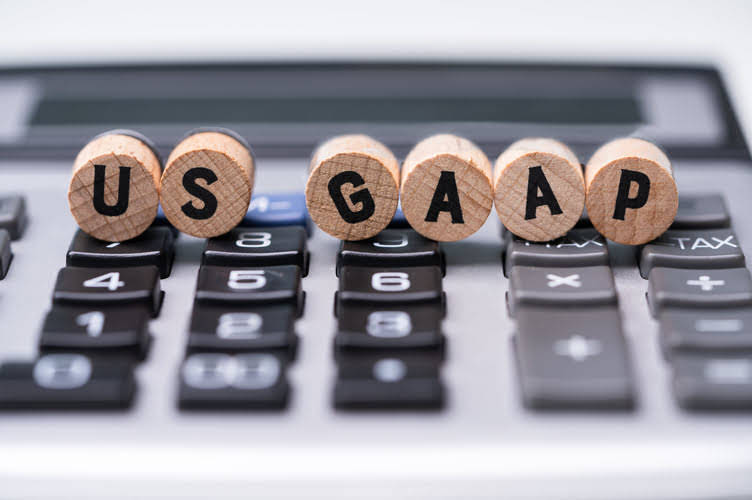Content
For example, accumulated depreciation will go along with related assets. Similarly, allowance for receivables will https://www.bookstime.com/ pair with accounts receivable balances. These balances cannot offset asset accounts that do not relate to them.
Consequently, in the first year, the equipment would reflect a net value of $90,000, which is computed by deducting the accumulated depreciation from the equipment’s historical cost. In this method, bad debt expense is estimated for the period and is recorded as an expense while the allowance account is credited. Allowance for doubtful debts accounts are opposite to accounts receivable accounts. Accounts receivable are the customers to whom an organization had sold goods or provided services on credit. Thus, accounts receivable are assets generated in the ordinary course of business. Contra asset accounts can be used in a variety of areas, but there are three contra asset examples that you should pay close attention to. If you’re using accounting software, you’ll be able to create contra accounts when setting up your chart of accounts.
Contra liabilities
Accumulated depreciation accounts accumulate the depreciation expense charged on the asset. Allowance for doubtful debt is a contra account against which bad debts are charged. Therefore, in the allowance method, relevant bad debt expense is recorded and accounts receivable are written off when these are considered not recoverable. A contra account is an account with a balance opposite the normal accounts in its category. Contra accounts are usually linked to specific accounts on thebalance sheetand are reported as subtractions from these accounts. In other words, contra accounts are used to reduce normal accounts on the balance sheet.
- Note that accountants use contra accounts rather than reduce the value of the original account directly to keep financial accounting records clean.
- Contra asset accounts also provide a clear picture of the companies’ accumulation of assets.
- Either it is asset, liability, or equity what the account do is to have an opposite balance.
- When you actually pay the interest, you can debit interest payable and credit cash .
- Contra EquityA contra equity account has a debit balance instead of a credit.
- When a company repurchases shares, it increases the fractional ownership of all remaining shareholders.
- Accumulated amortization is an account similar to accumulated depreciation.
Another type of contra account is known as “contra revenue,” which is used to adjust gross revenue to calculate net revenue, i.e. the “final” revenue figure listed on the income statement. The contra equity account reduces the total amount of shareholders’ equity.
The contra asset account can also be combined with a current inventory account, allowing a financial analyst to determine the current market value of the company’s inventory. Contra asset is a tool that business uses to manage their balance sheet more accurately. Businesses need to have contra assets because it gives investors and creditors a better idea of the company’s financial condition. When used correctly, contra assets can help businesses keep their balance sheets accurate and up-to-date. The outstanding balance of a contra asset account represents a credit figure.
Contra asset definition
Contra revenue account, which is used to record the net amounts and usually has a debit balance, as opposed to the revenue account that records the gross amounts. This accumulated depreciation account would continue until the asset is disposed of. In the balance sheet, the accounts receivable would be reflected after adjusting this allowance account. If it is the first year of operation, there is no outstanding balance in the allowance account. Allowance for doubtful accounts is shown as a reduction from the gross accounts receivable. The net amount of accounts receivable is presented in a balance sheet.
Whether reported as separate lines on the financial report or as a cumulative value, the net amount of the pair of accounts is called the “net book value” of the individual asset. Trade accounts receivable refer to an amount that a company bills to its clients when delivering goods or services. These billings may usually be documented on invoices, which are then summarized in an aging report for all the business’s accounts receivable. By keeping the original dollar amount intact in the original account and reducing the figure in a separate account, the financial information is more transparent for financial reporting purposes. For example, if a piece of heavy machinery is purchased for $10,000, that $10,000 figure is maintained on the general ledger even as the asset’s depreciation is recorded separately. A good example of how this works is under Adjusting Entries Illustrated where there is an example of recording interest for land. When you actually pay the interest, you can debit interest payable and credit cash .
Allowance for Doubtful Accounts
Contra EquityA contra equity account has a debit balance instead of a credit. A contra asset is a negative account used in double-entry accounting to reduce the balance of a paired asset account in the general ledger. An example would be a contra liability account which would be debited to offset a regular liability account. However, there is always a chance that the customer will not pay, in which case the account receivable becomes an uncollectible debt. When bad debts are incurred, the allowance for doubtful debts would decrease and the accounts receivable would be reduced by that amount.
For example, after six years, the asset’s book value on the balance sheet will be $40,000. However, it will also have a negative accumulated depreciation of $60,000, offsetting that cost. Revenue AccountRevenue accounts are those that report the business’s income and thus have credit balances.
What is a Contra Asset?
The accounting entry for this is debit, bad debt expense and credit to accounts receivable. Here, accounts receivable are decreased in the period when bad debt expense is incurred.
- For example, if an account has a debit balance, a contra account will have a credit balance.
- In essence, contra asset accounts have a negative balance while other asset accounts have a positive balance.
- An accumulated depreciation account is an example of a contra- asset account, which shows how much depreciation has been deducted against an asset.
- This account serves two purposes — tracking total depreciation expenses while providing you with the accurate book value of the asset being depreciated.
- These billings may usually be documented on invoices, which are then summarized in an aging report for all the business’s accounts receivable.
- So, the company’s total value of receivables results in $95,000, and Power Manufacturers may then adjust this calculation in their financial records as they receive more credit sales.
One common example is accumulated amortisation, which is a contra-asset account. This means that it acts in the opposite manner of a regular asset account.
Allowance for receivables is an account that companies maintain to record possible bad debts. However, this account does not represent actual irrecoverable debts. Any company that owns intangible assets such as software, patent, etc., will maintain an accumulated amortization account. Similar to depreciation, this account plays a significant role in representing the book value of a company’s assets. Outstanding SharesOutstanding shares are the stocks available with the company’s shareholders at a given point of time after excluding the shares that the entity had repurchased.
It is not classified as a liability since it does not constitute a future obligation. Contra assets are credit accounts that carry their own values that when combined with the value of the paired account, informs the balance sheet. Power Manufacturers, Inc. purchases new machinery for a total of $300,000. The company projects that the equipment will be usable for six years, and it subtracts a 16% yearly depreciation rate from the initial value to calculate the amount of depreciation over the next six years.
What Happens When Stock is Delisted When a company is out of compliance with an exchange, this is what can happen. Home Depot also devotes footnote 4 to its share repurchase program and reports that the company is authorized by its board to repurchase $20 billion in shares. Still, the dollar amounts are separately broken out in the supplementary sections most of the time for greater transparency contra asset in financial reporting. Is debited when a company buys back its shares from the open market. Discount On Bonds PayableDiscount on bonds payable is the markdown value of a bond’s coupon rate or selling price compared to its market interest rate or fair value. BondsBonds refer to the debt instruments issued by governments or corporations to acquire investors’ funds for a certain period.
Contra Account Examples
For most companies, the contra asset accounts will also include several types. Before understanding contra asset accounts, it is crucial to learn what contra accounts are. Obsolete inventory refers to a company’s products or goods that have become obsolete, or unusable, during routine use and operations. This type of contra asset account may generally be debited expenses, followed by a credit to the company’s contra asset account for recording unusable inventory. Similarly, a business may also write off these types of expenses from its financial records if the inventory has been completely phased out.
Allowance for doubtful accounts reduce accounts receivable, while accumulated deprecation is used to reduce the value of a fixed asset. In order to balance the journal entry, a debit will be made to the bad debt expense for $4,000. Although the accounts receivable is not due in September, the company still has to report credit losses of $4,000 as bad debts expense in its income statement for the month. If accounts receivable is $40,000 and allowance for doubtful accounts is $4,000, the net book value reported on the balance sheet will be $36,000. The natural balance in a contra asset account is a credit balance, as opposed to the natural debit balance in all other asset accounts. There is no reason for there to ever be a debit balance in a contra asset account; thus, a debit balance probably indicates an incorrect accounting entry. When a contra asset transaction is created, the offset is a charge to the income statement, which reduces profits.
Created by Mountain Digital Agency.




